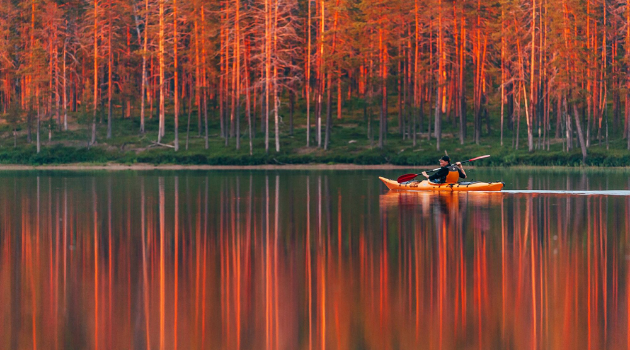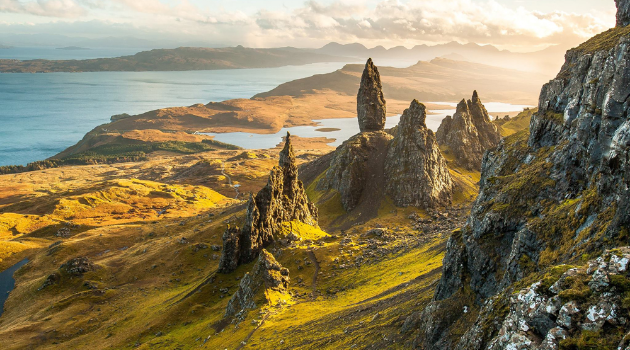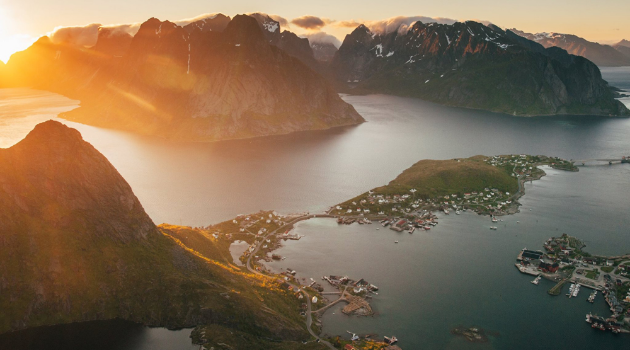Tell us more about how you got into photography…
It started with tennis. I'm really into tennis, so after finishing my English degree I emailed the International Tennis Federation and basically said 'I'll do anything for you'. Rather than taking me on as an intern, they paid me to do social media content, which was just starting to kick off. From there it was a natural transition into advertising and then to photography – I'm lucky in that it's been quite seamless, and it's great to work in both worlds.
I've always dabbled with photography, but eight years ago my better half got a DSLR, and using it was enough to persuade me to buy my first Nikon, the D300, while I was working in New Zealand for the ad agency Ogilvy & Mather – the landscapes there just beg to be photographed. In advertising, imagery is the basis of everything we do, so I was always immersed in images at work, and I could spot a good composition. I started taking lots of pictures myself, and pretty soon I upgraded to a secondhand D700. But things really started to change when one of my New Zealand clients couldn't be persuaded of the power of Instagram. I said I'd prove it to them by opening an Instagram account of my own and posting travel images and content, to show how many followers I could get. I ended up with 2,000 in just two months, which got me thinking about how far I could take it.
I then came back to the UK and started freelancing in advertising from Dorset, where I'm from, but then I was asked to work in London full time and I really didn't want to. Instead I joined an ad agency nearer home, in Southampton, but it didn't work out. I remember one particular day so clearly; it was January 6, it was dark, and cold, and chucking it down with rain, and I thought, I can't do this anymore, I need more creative freedom.
Then one night I went to a talk held by a guy called Bertie Gregory, a National Geographic film-maker and photographer. He's a young guy – he's got a couple years on me – and that, coupled with what he was saying about his career, convinced me it was the 'now or never' point of my life. So I quit my job the next day and started as a full-time 'content creator' in January 2016. Everything since then has been a mixture of hard work and luck; luck in getting the proposals, and hard work in making them work.










